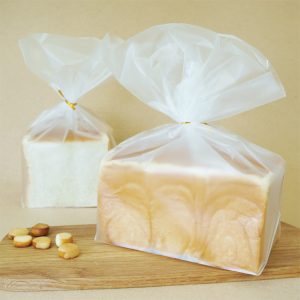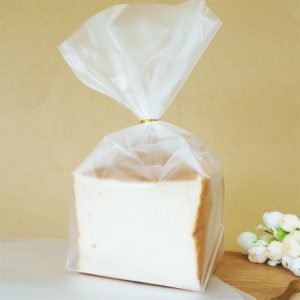1. Leavening Agents: The primary leavening agents used in biscuits are baking powder and baking soda. When these agents come into contact with moisture and heat during baking, they produce carbon dioxide gas, which causes the biscuits to rise. The gas gets trapped in the dough, creating air pockets, resulting in a light and fluffy texture.
2. Gluten Formation: Gluten is a protein found in wheat flour. When flour is mixed with liquid and agitated (such as when you mix biscuit dough), the gluten proteins begin to form a network. While gluten is essential in bread-making to provide structure and elasticity, in biscuits, we want to avoid excessive gluten development. Overworking the dough can create tough and dense biscuits, so it’s important to handle the dough gently.
3. Fat: Butter or shortening is used in biscuit recipes to provide moisture and contribute to the biscuit’s flakiness. During baking, the cold fat melts, and the water content evaporates, leaving behind air pockets that lead to flaky layers.
4. Liquid Content: The amount and type of liquid (usually buttermilk or milk) used in biscuit dough affect the biscuit’s texture. The liquid activates the leavening agents and hydrates the flour. It also helps to bind the ingredients together. Too much liquid can result in a sticky dough, while too little can make the biscuits dry and crumbly.
5. Oven Temperature: Biscuits need a hot oven (typically around 425°F to 450°F / 220°C to 230°C) for successful baking. The high temperature causes the fat to melt quickly, creating steam and causing the biscuits to rise rapidly.
6. Baking Time: The baking time for biscuits is relatively short, usually around 10 to 15 minutes. Over-baking can lead to dry and hard biscuits, while under-baking can result in doughy centers.
7. Resting Time: Allowing the biscuit dough to rest for a few minutes before cutting and baking allows the flour to fully hydrate and relax, making it easier to shape the biscuits and preventing excessive spreading during baking.
8. Biscuit Shapes and Arrangement: The way you shape and arrange biscuits on the baking sheet can influence their texture. Placing biscuits closer together can result in softer edges, while spacing them farther apart can yield crispier edges.
By understanding these scientific principles, you can adapt biscuit recipes to suit your preferences and confidently experiment with various flavors and ingredients. Happy biscuit baking!








